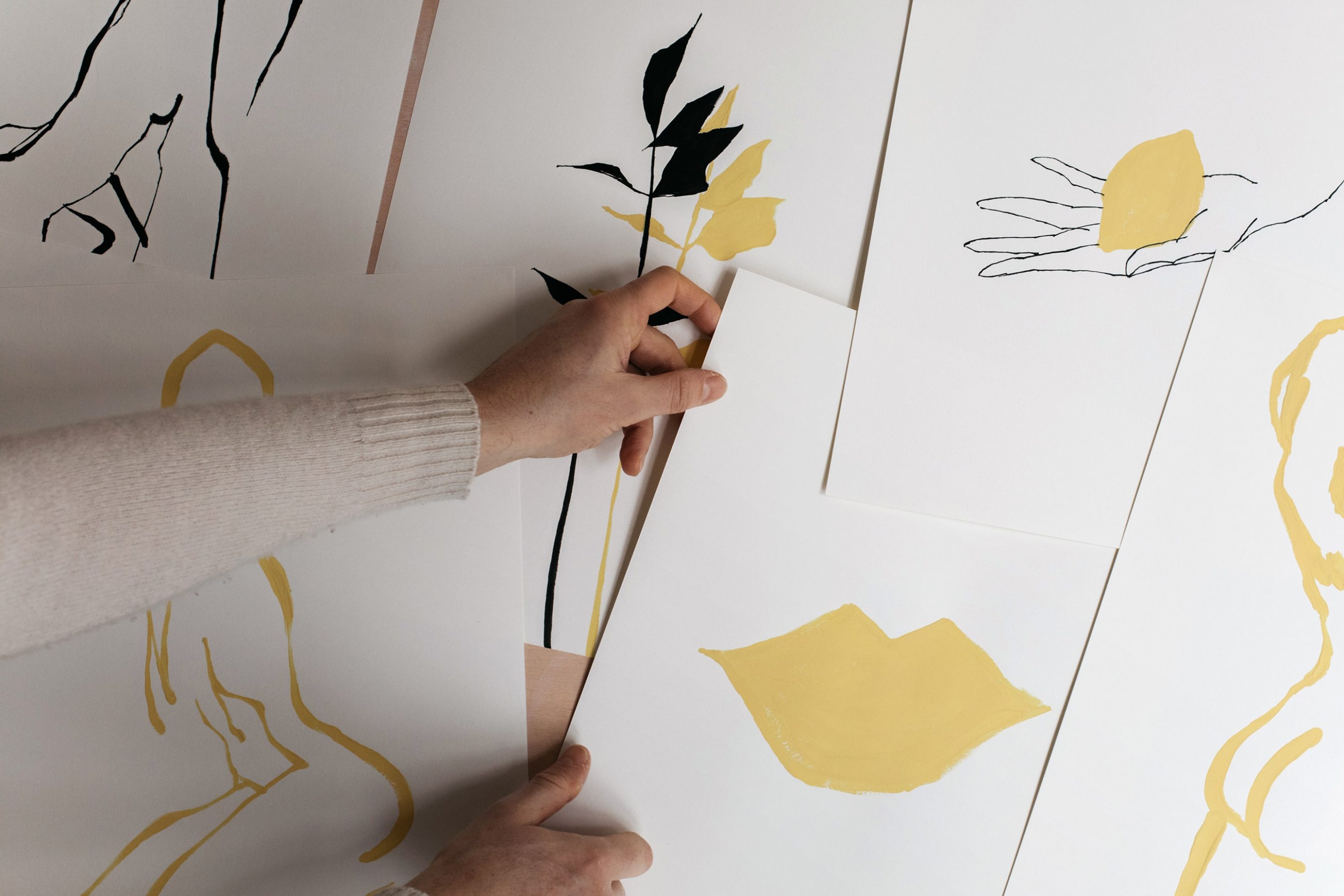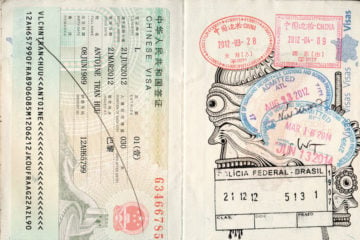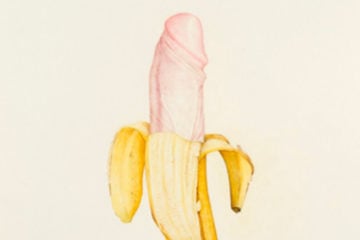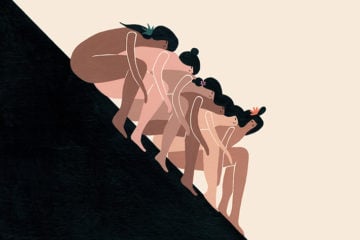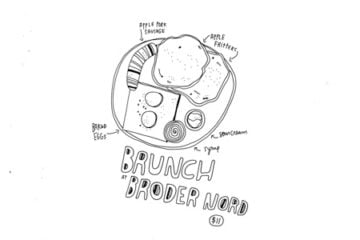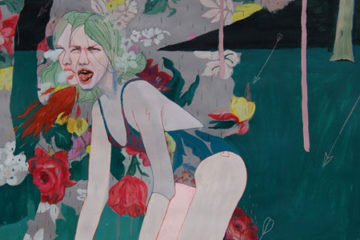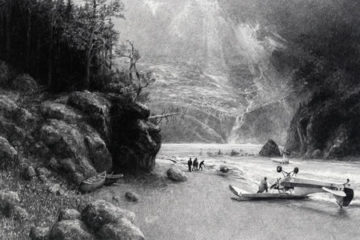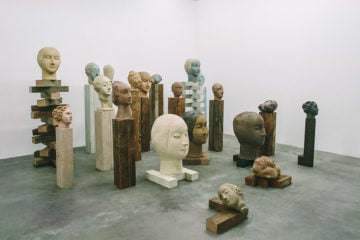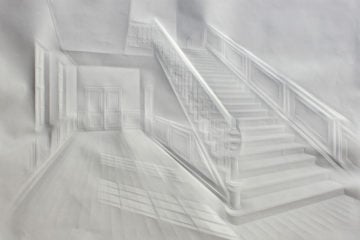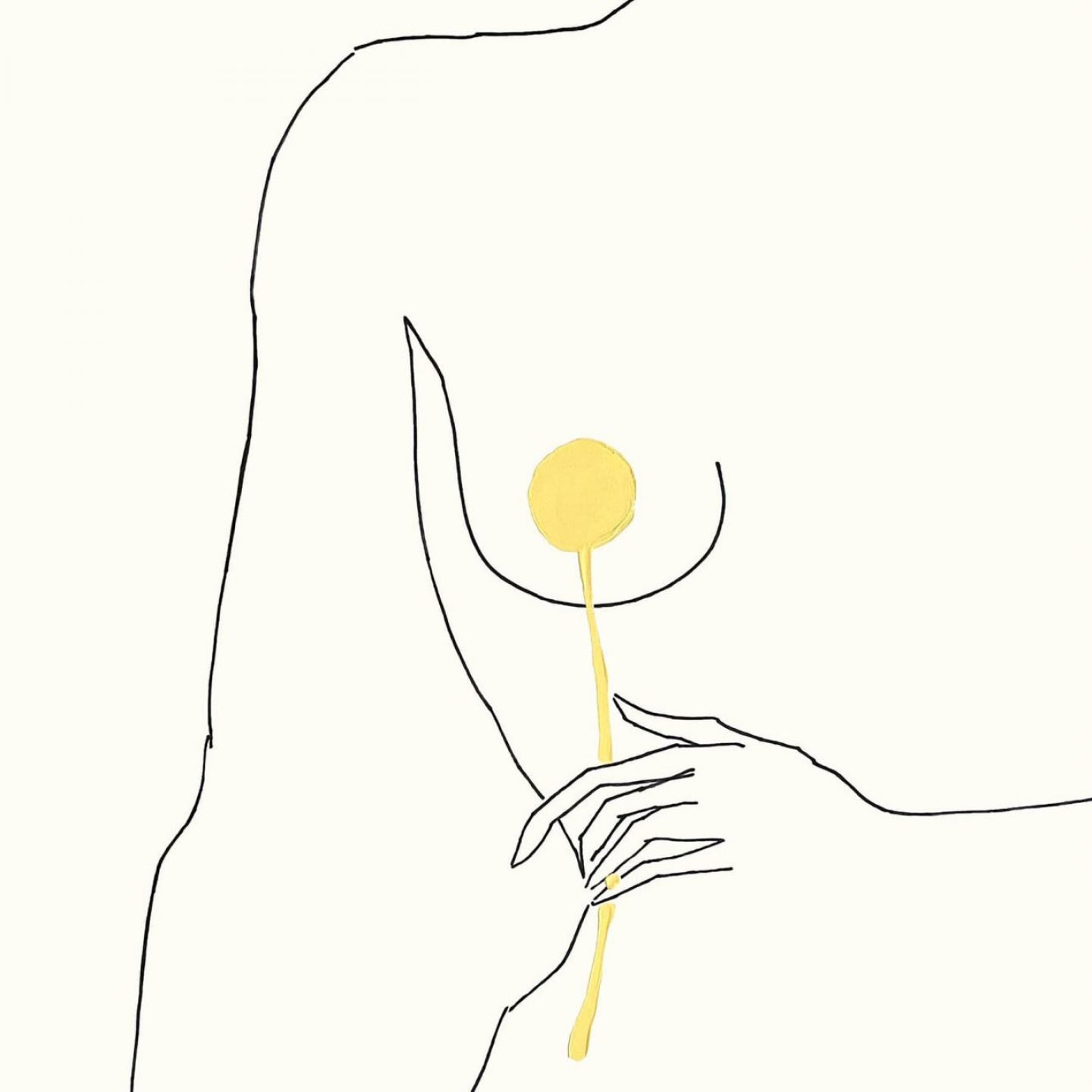
“I Always Try To Catch The Perfect Line”: A Conversation With Artist Frédéric Forest
- Name
- Frédéric Forest
- Words
- Devid Gualandris
“I love to draw, and I have for as long as I can remember.” For self-taught Paris-based artist Frédéric Forest, drawing has always been a process of discovery. Known for his minimalist aesthetic and delicate style, the artist has mastered capturing the viewer’s eye with seductive shapes and refined strokes of ink on both paper and canvas; gaining an enviable reputation in no time. IGNANT talked to the creative about the drive fueling his work, his pursuit for satisfaction, and the secret behind his celebrated designs.
“As a child, I always had a pencil in my hand and sheets of paper to draw on. I would skip meals because I would be in my room drawing.” We’re talking to Frédéric Forest from his studio in Paris, where he has resided for over a decade. “I never took drawing or painting lessons; I learned on my own,” he continues with excitement. “My whole artistic universe comes from my imagination.” The artist grew up in Annecy, the Venice of the French Alps. A picturesque medieval city with canals and ancient city walls, this was a landscape that demanded to be both gazed upon and ventured through. An imaginative child, Forest filled his lazy afternoons exploring, absorbing, and recreating the world around him. “Growing up, I drew inspiration from my town’s mountains and streets. We didn’t have exhibitions there; my artistic eye was shaped by everyday activities, like snowboarding, skateboarding, or surfing while on vacation,” he explains. Magazines also had a strong impact on Forest’s outlook. “As soon as something new landed at the newsstand, it was hysteria. I would travel to Geneva just to read fanzines—they were imported and too expensive to buy. My eyes would scan everything I saw and accumulate all these new images and art in my head,” he shares. With pencil and paper, he would reinterpret them in the privacy of his room.
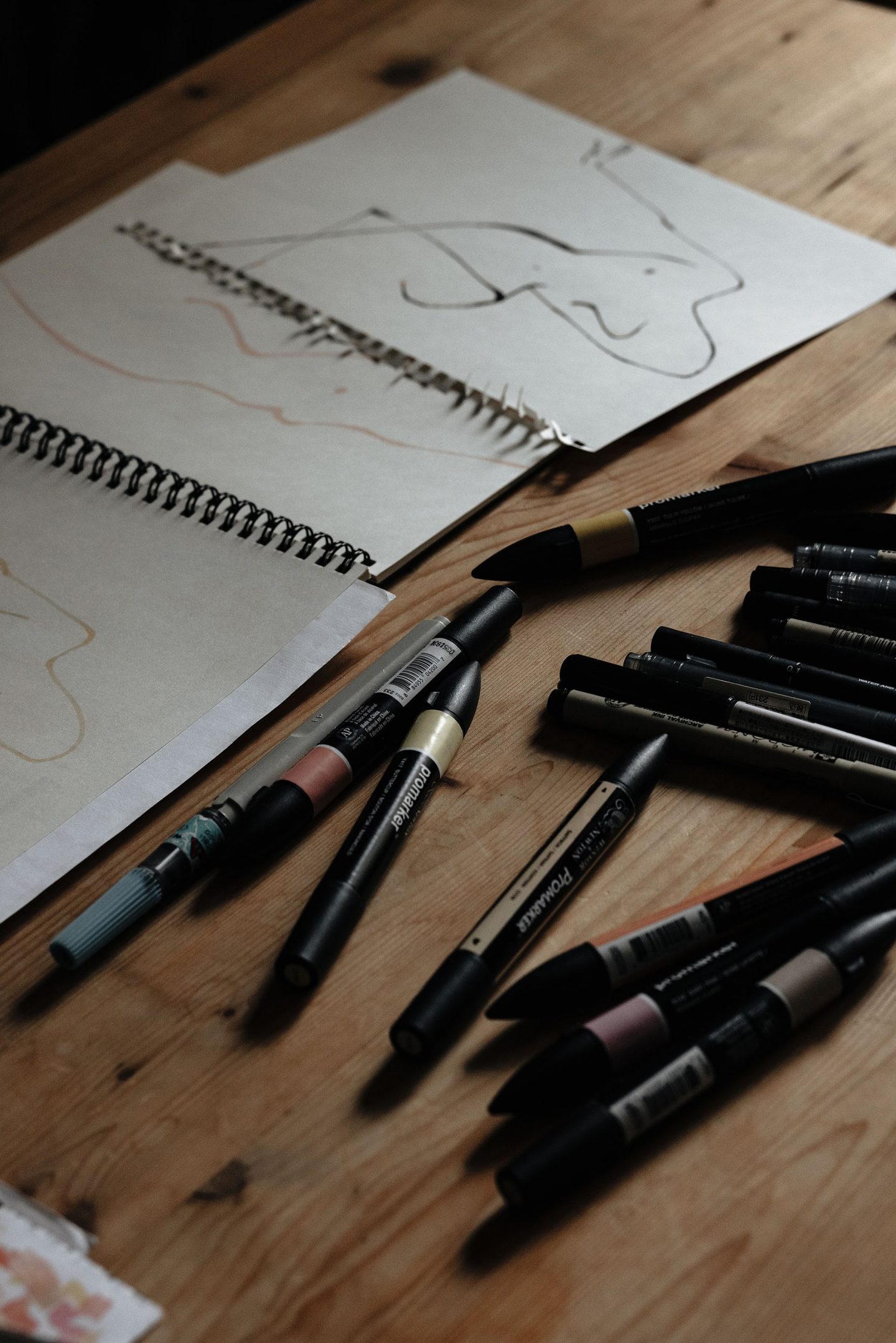
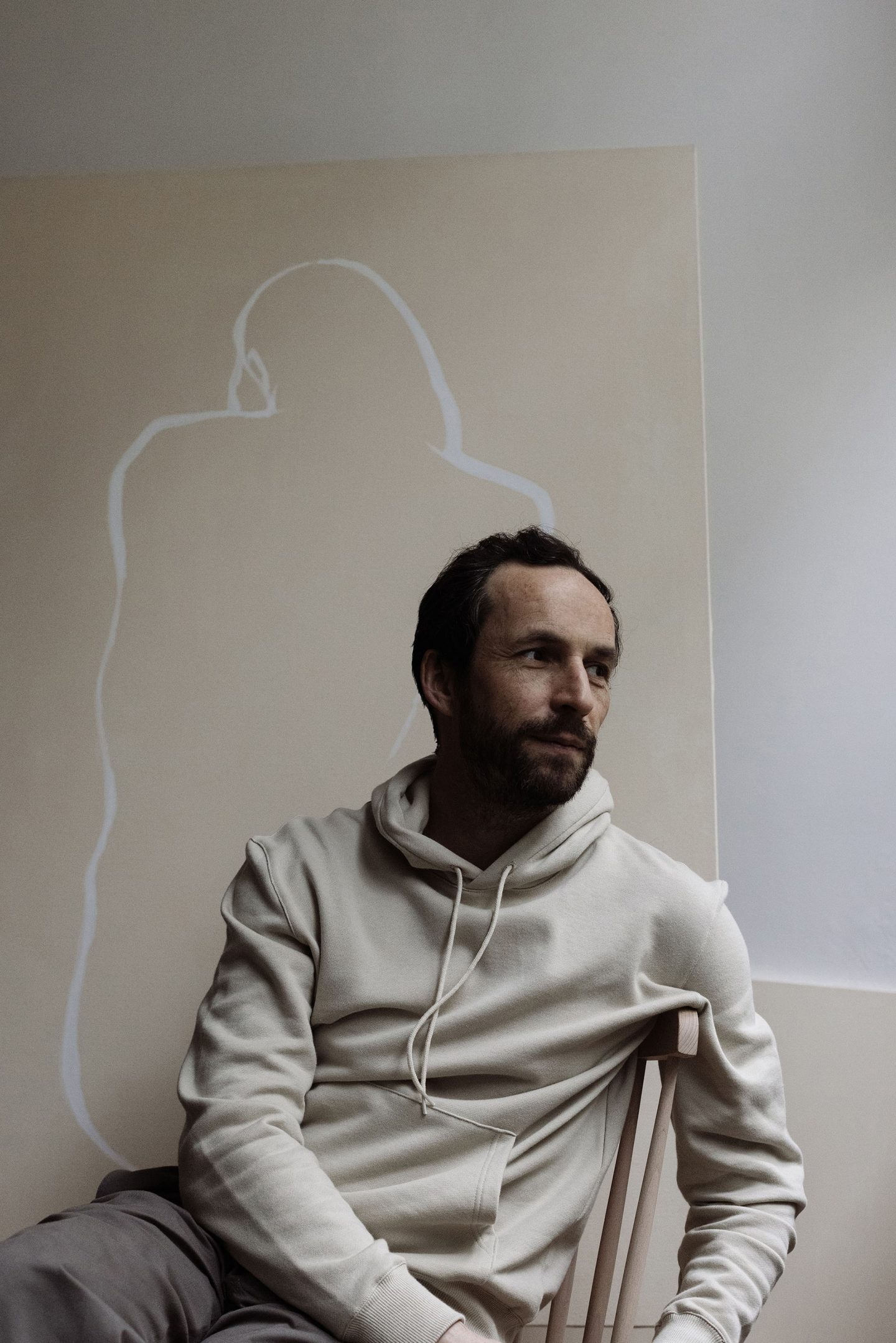
Today, drawing remains an escapist as well as a meditative process for Forest. “I haven’t changed much; I still love [drawing], it’s such a fervid emotion,” he confesses. Pursuing his passion has carried him a long way. What began as something personal and introspective has now taken on a life on its own. Remarkable for their precision and emotive charge, while still being minimalist in nature, his drawings have landed him international collaborations with renowned brands such as Chanel and Rains, as well as magazines of the likes of Kinfolk, Vogue, and Cereal. “My works have been sold and sent worldwide. I feel very fortunate,” he admits. Forest owes much of his success to social media, at least according to his humble judgment. “Instagram has helped evolve my drawings to where they are now,” he explains; “It allowed me to be spotted and followed by a lot of people around the world in a very short time. I did not expect things to take on this magnitude, and that quickly.”
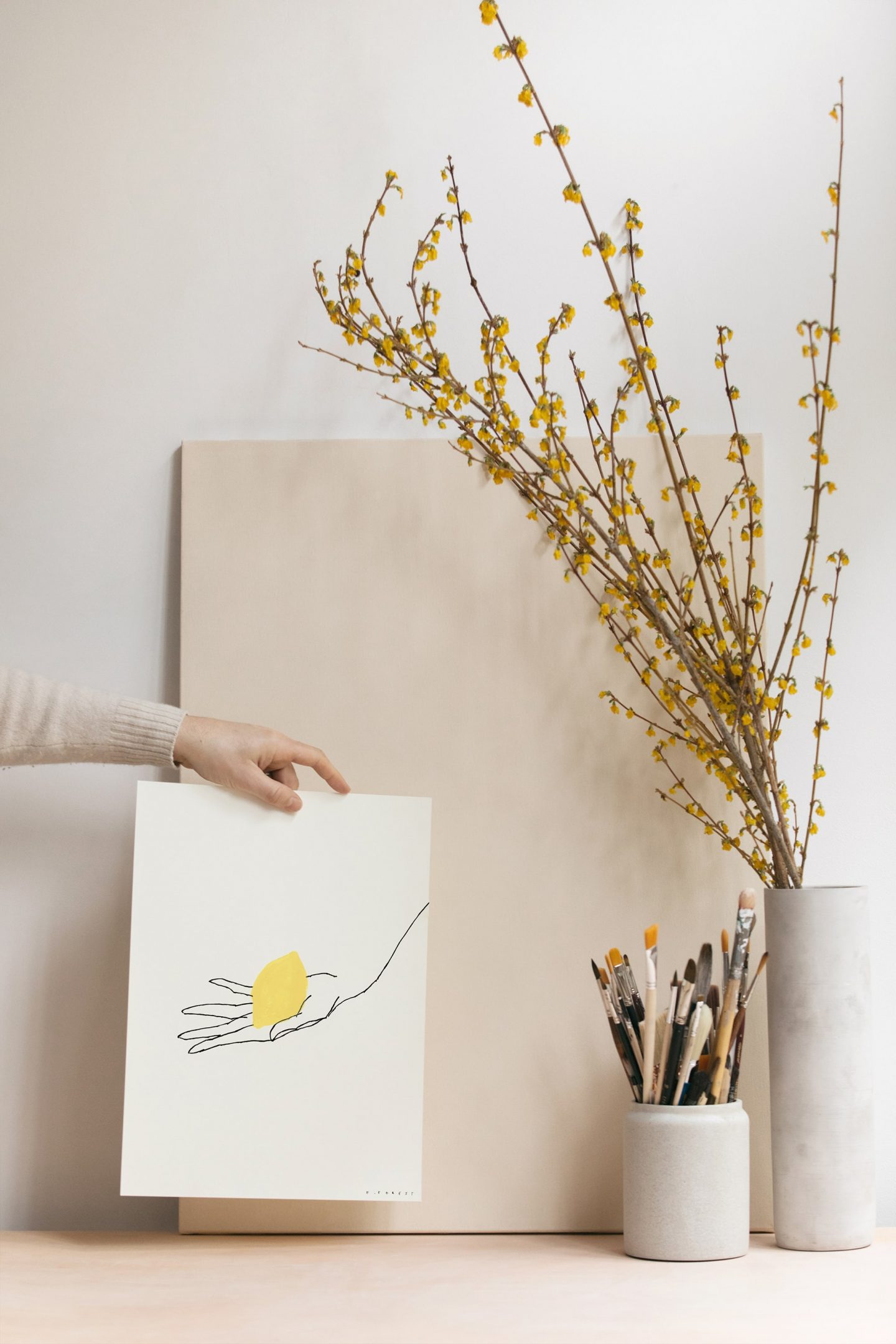
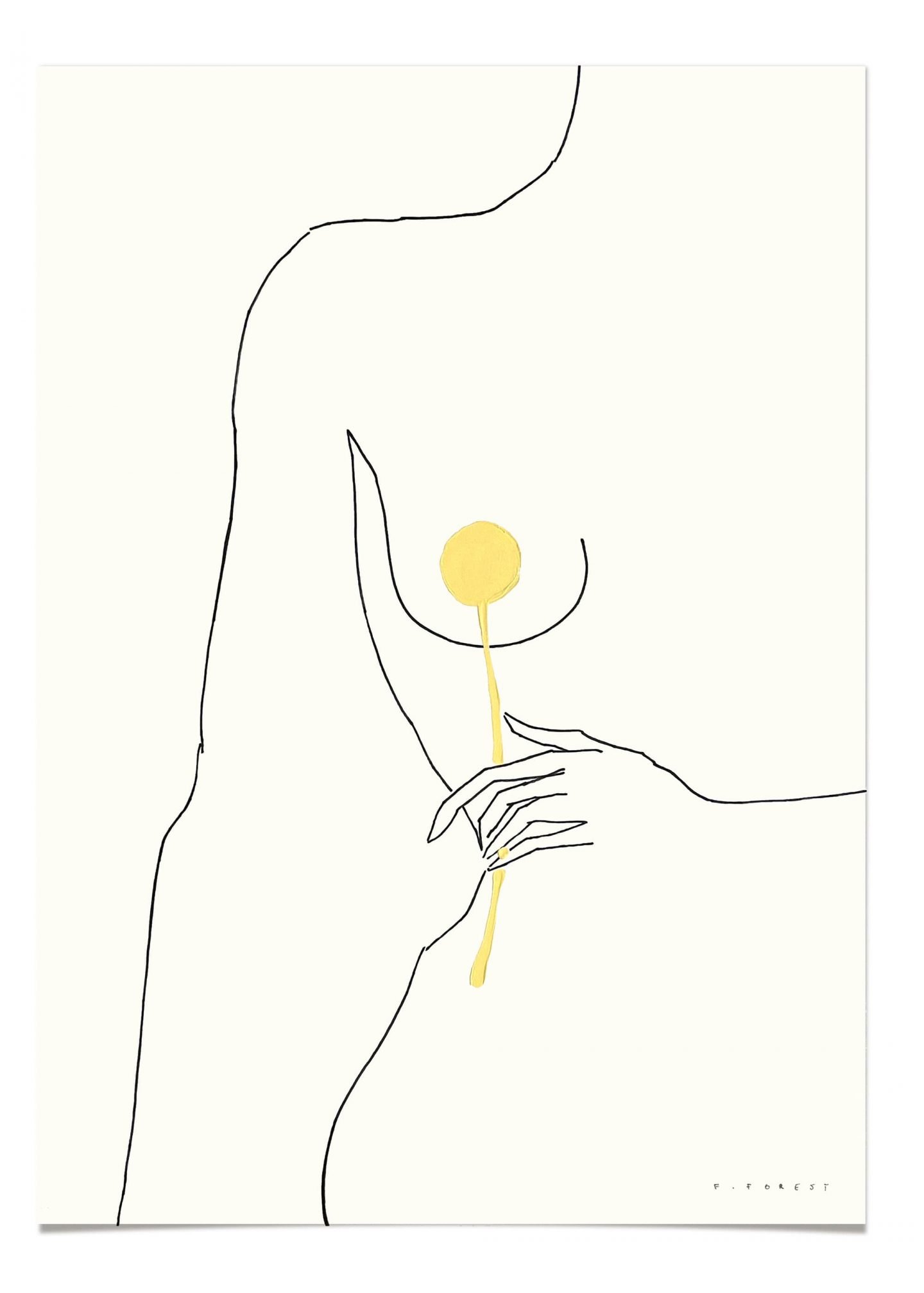
Though Forest had always been an artist—even before it said so on his business card—he had never dreamed of being one. “I didn’t actively seek to turn my art into my professional life. I’ve always drawn and painted for my own pleasure. Up to today, my goal remains to simply express the beauty that I witness,” he shares. “It took me a long time to identify as an artist and to accept that my studies could be sold.” Many years in, Forest is still amazed by the popularity of his creations. “I’m always surprised to see the use people make of my art. I had never thought that one day people would get tattoos of my designs. Today, there are more than 5,000 throughout the world, ‘Self Love’ being the most tattooed drawing to this day.”
"My goal remains to simply express the beauty that I witness"
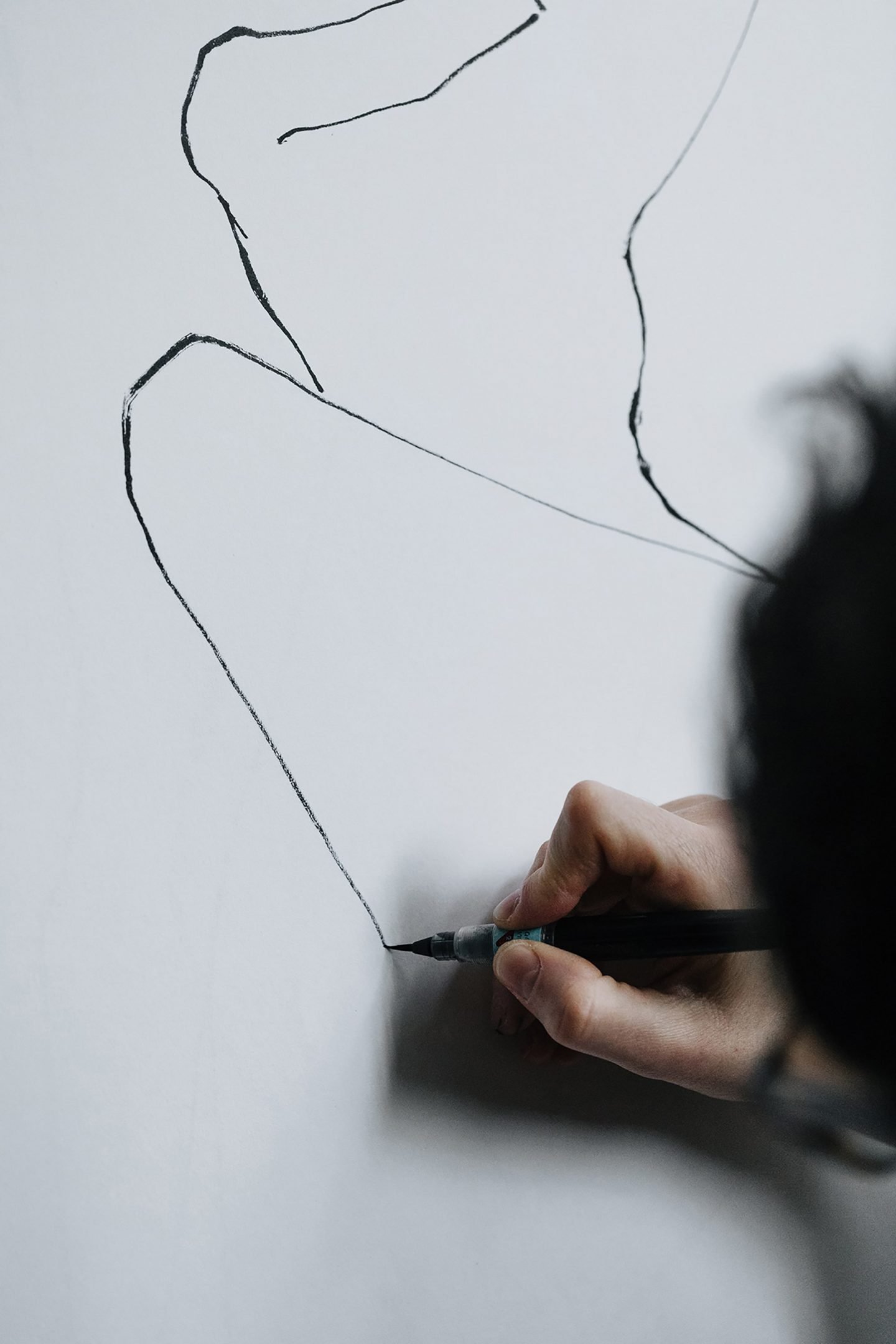
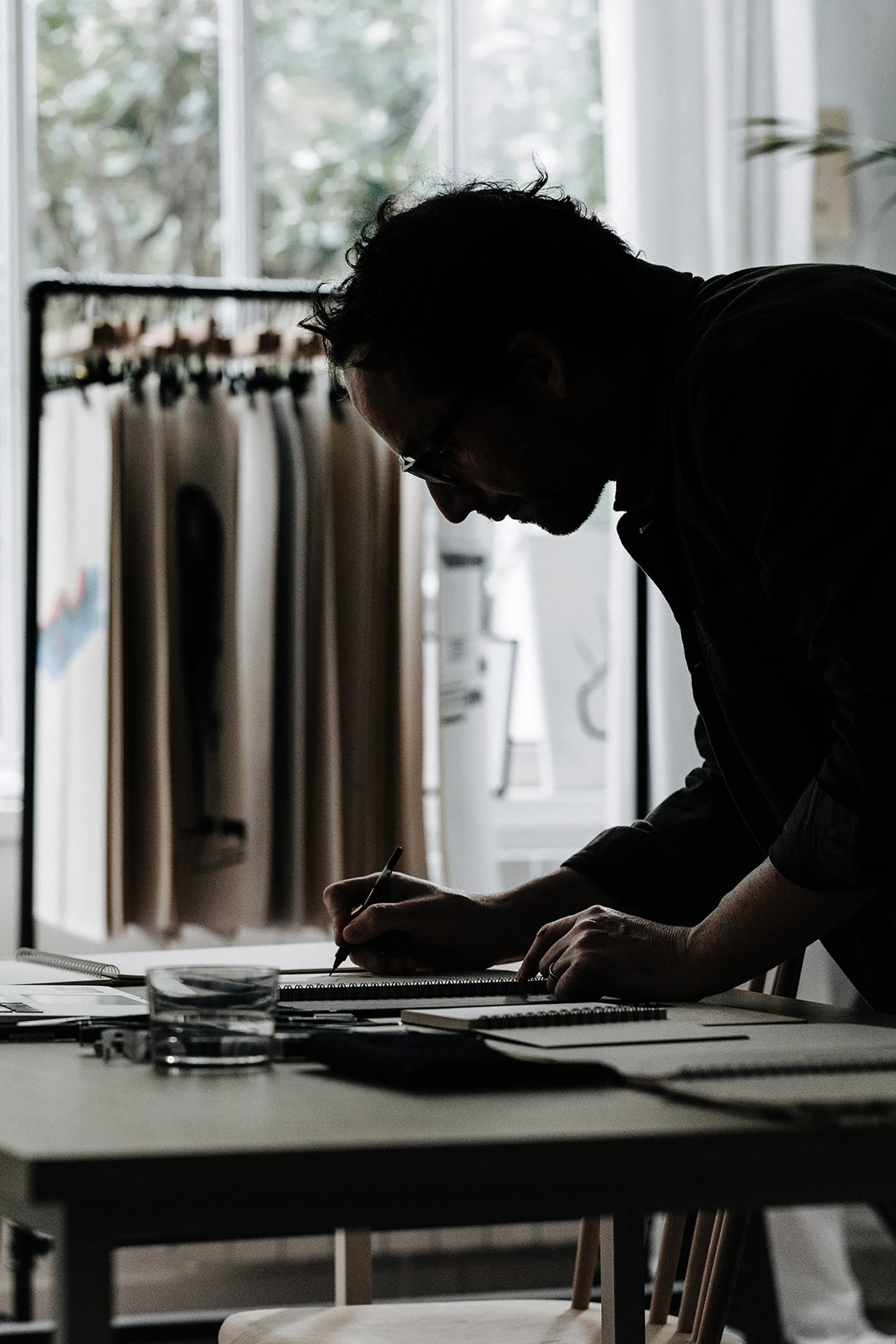
But why are people so readily drawn to Forest’s art? One reason might be its simplicity. Minimal in stroke yet seductive, his works appeal to people’s feelings for their universality, intimacy, and ability to spark a dialogue that delves deep into one’s own personal experiences. “I think the success of my drawings lies in the fact that I don’t draw people’s faces,” Forest says. “I draw portraits, but I’ll only sketch a neck or the outline of the person’s hair, which gives the final drawing this universal aspect.” This results in an enticing yet weird feeling comparable to a déjà vu, with many women able to recognize themselves in the image.
Rich in emotion and with elegant curves, female body figures have been endless inspirations in Forest’s work. “I grew up in a very female-dominated environment, with two sisters, two grandmothers, and mainly female cousins,” the artist remarks. “I was surrounded by women’s magazines and discussions. For me, the female body feels so natural; it’s not a taboo subject, and my approach to it is very emotional.” Shapes found in nature are also a recurring motif, testifying to a fascination for nature that goes back to Annecy—with its beautiful lake and mountainscapes—and Forest’s background in outdoor sports. “I love what bodies and nature express. I could spend hours on a beach, looking at waves, as much as I could spend studying a sculpture of Rodin—just waiting to see how different lights and shadows can affect the subject,” he says.
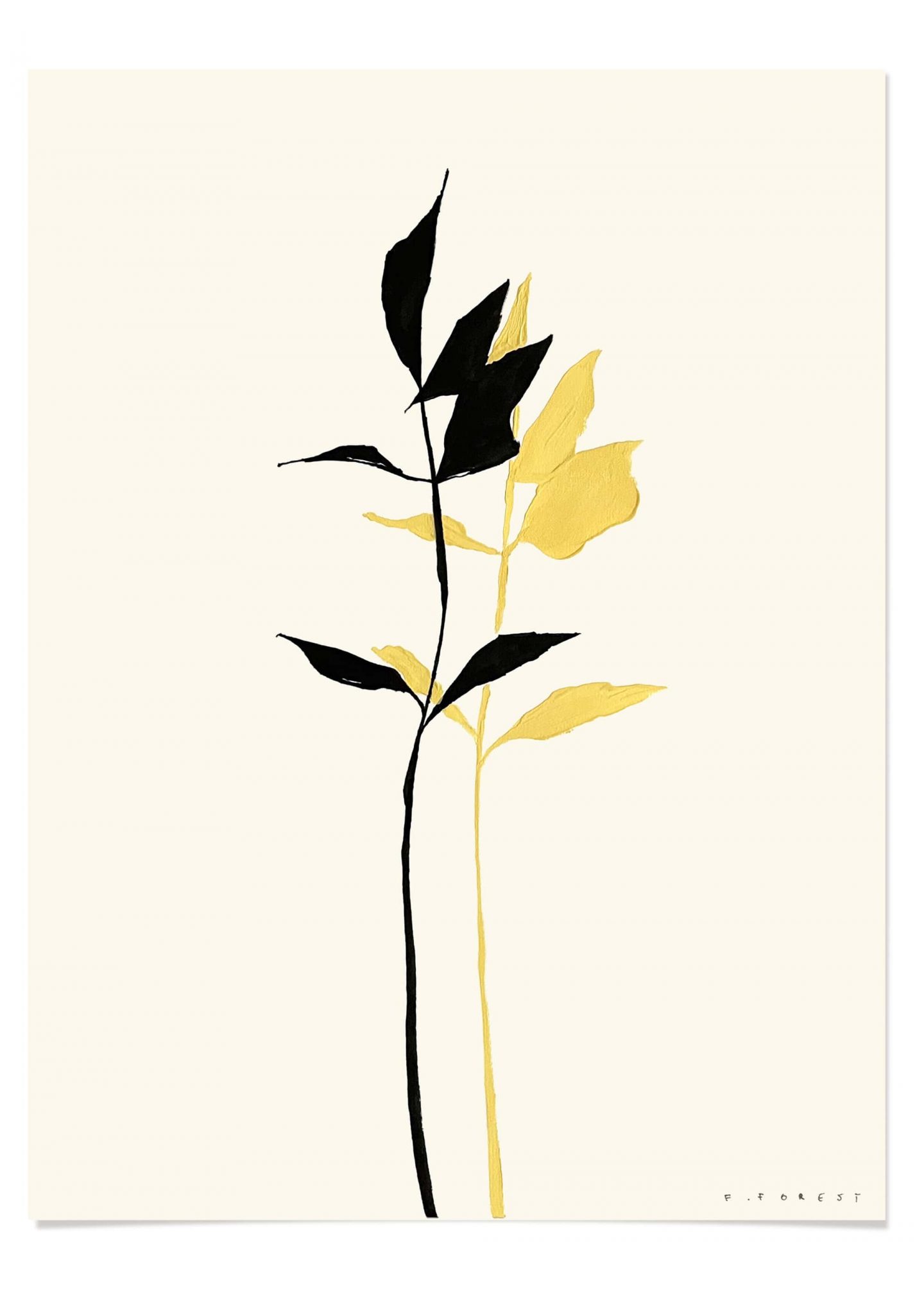
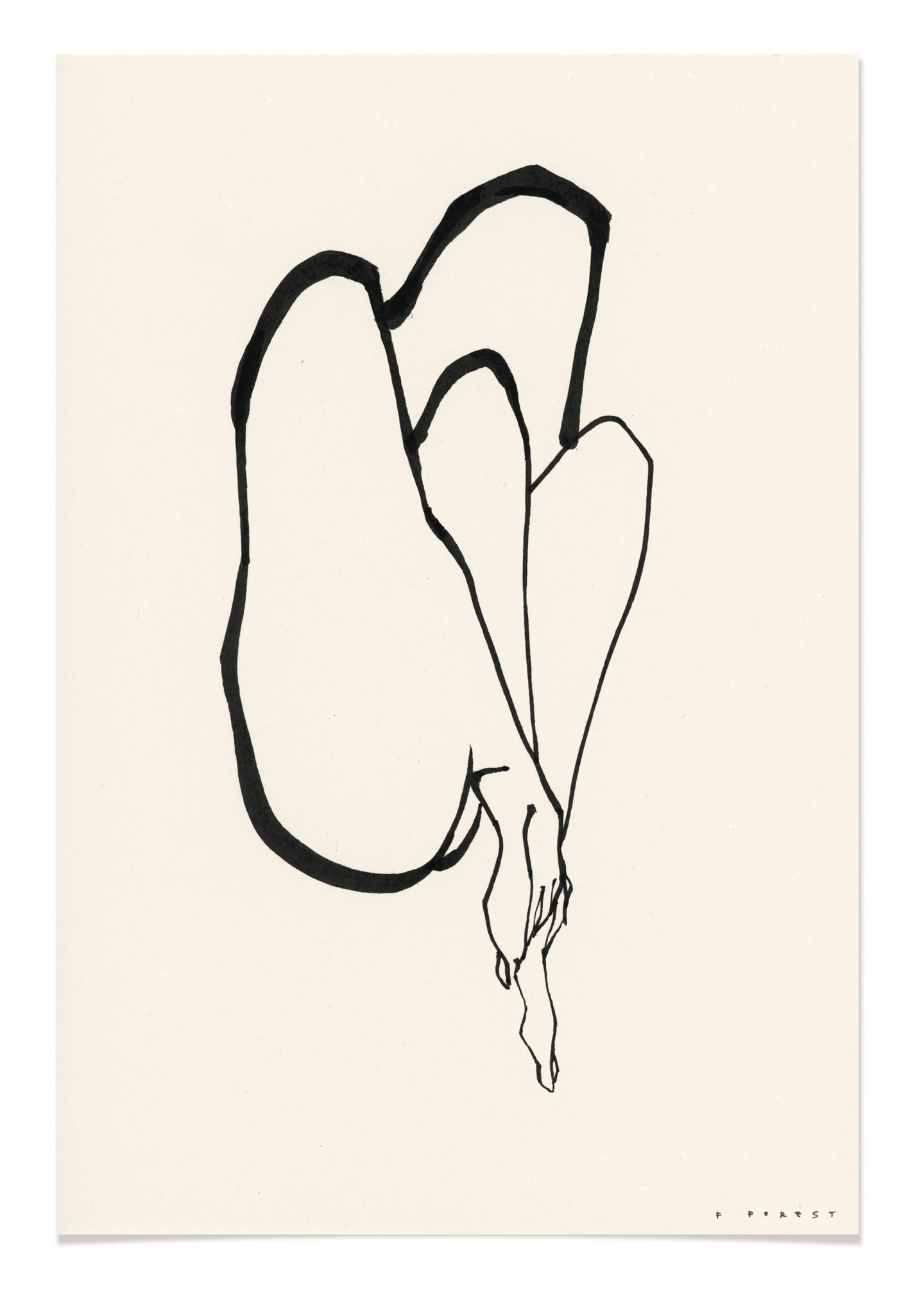
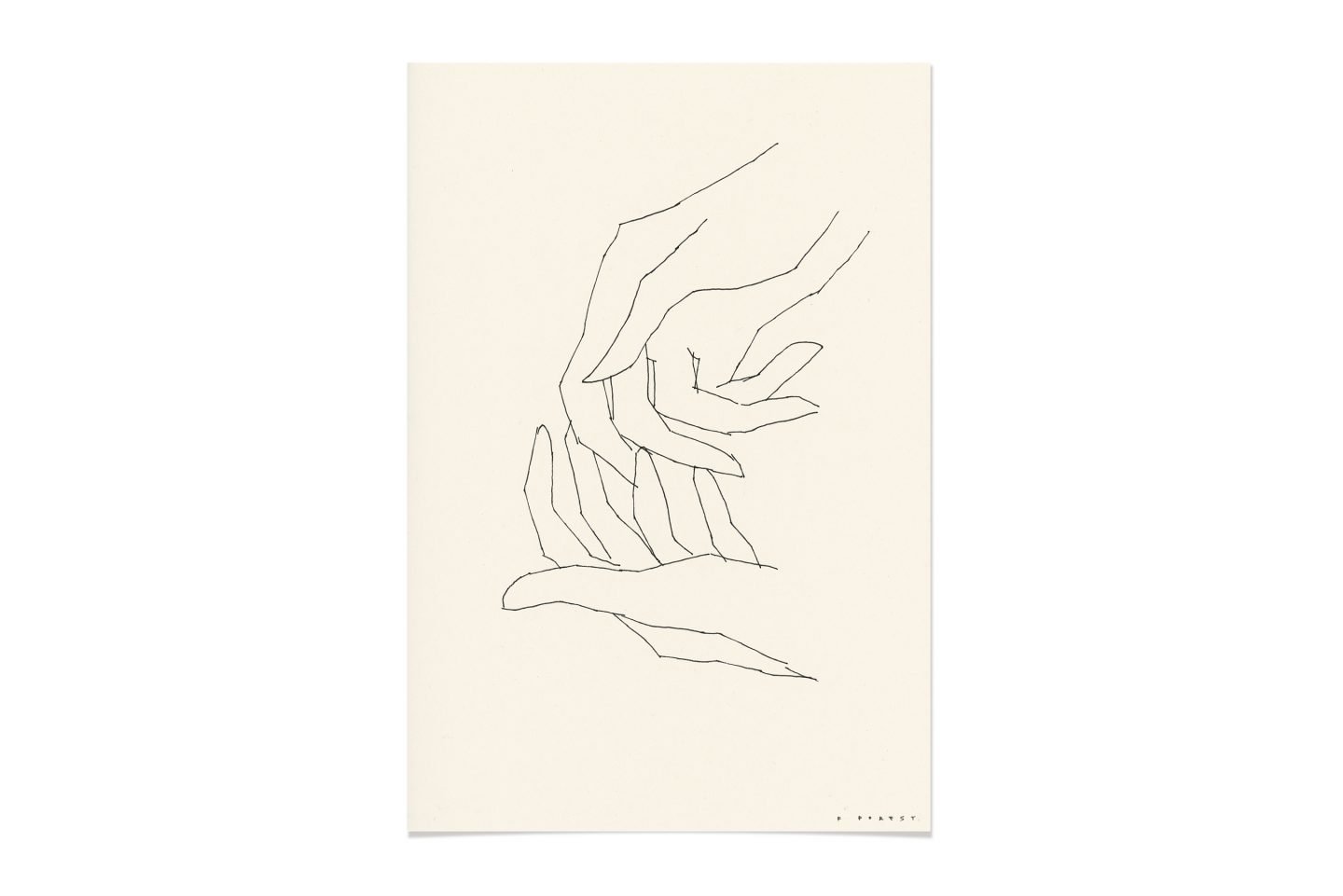
"I always try to catch the perfect line. I’ll keep starting over until I get the emotion that I sought to show"
“I’m an obsessive observer; I’m really focused on lines and shapes, and what they tell us,” Forest explains. For the artist, it’s more about the emotional process than the outcome. His work is not driven by choices, but rather by feelings. “We could speak of two stages in my creative process,” he argues; “the first consists of the desire to create and express something. Then comes the moment when contact is made with either canvas or paper—this is when the magic happens.” For him, drawing is like surfing or skiing: just letting his mind, and hand, go. “No matter the project, I need to trust myself and let it all flow naturally,” he explains. “I always try to catch the perfect line. This is rarely achieved on the first try, but I know it’s there and will try again until it materializes. It’s a training game; I don’t use erasers, just an ultra-fine pen and a Japanese calligraphy pen.” Finishing a work is what makes him feel creatively satisfied. “I’ll keep starting over until I get the emotion that I sought to show, until a trajectory is found,” he shares.
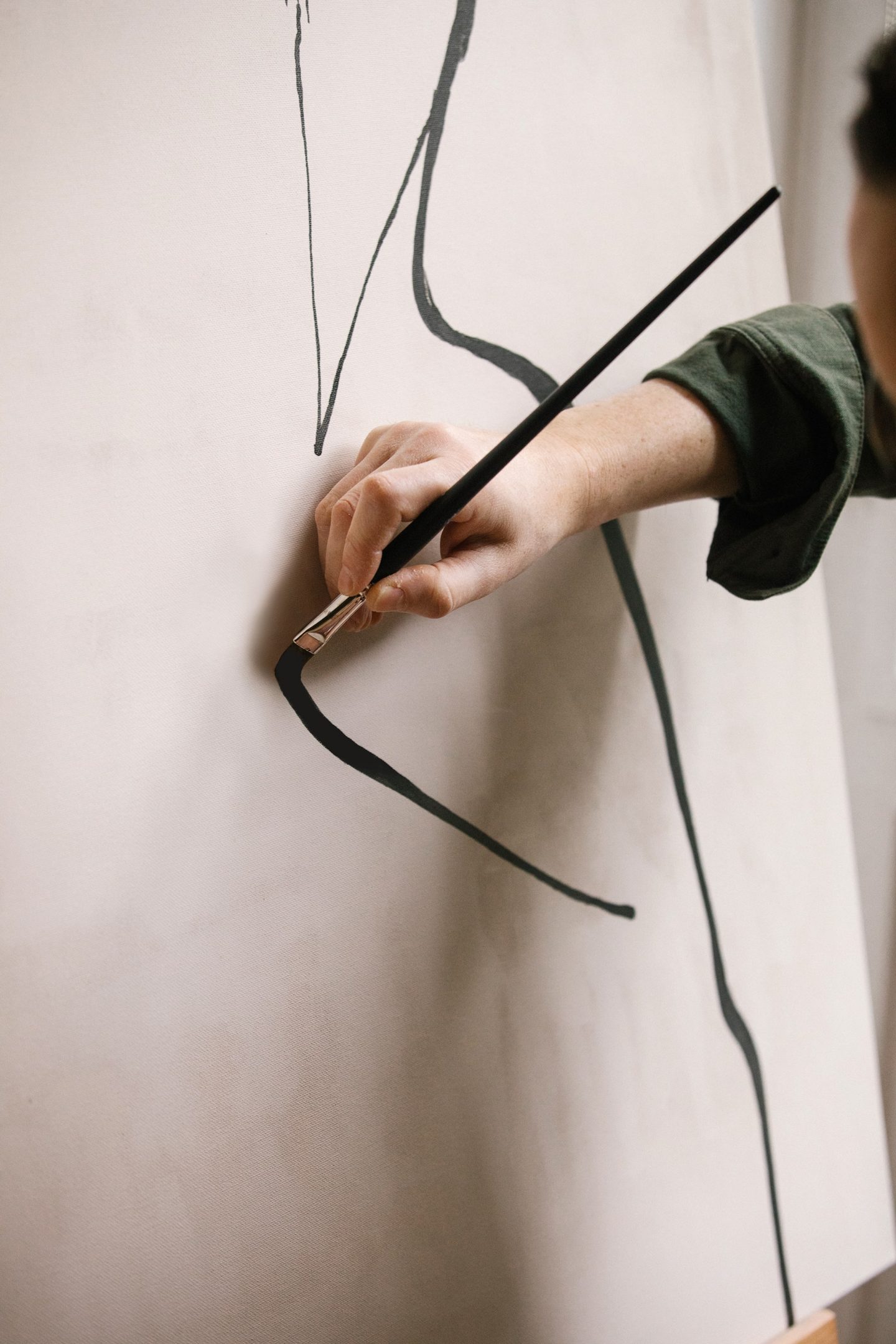
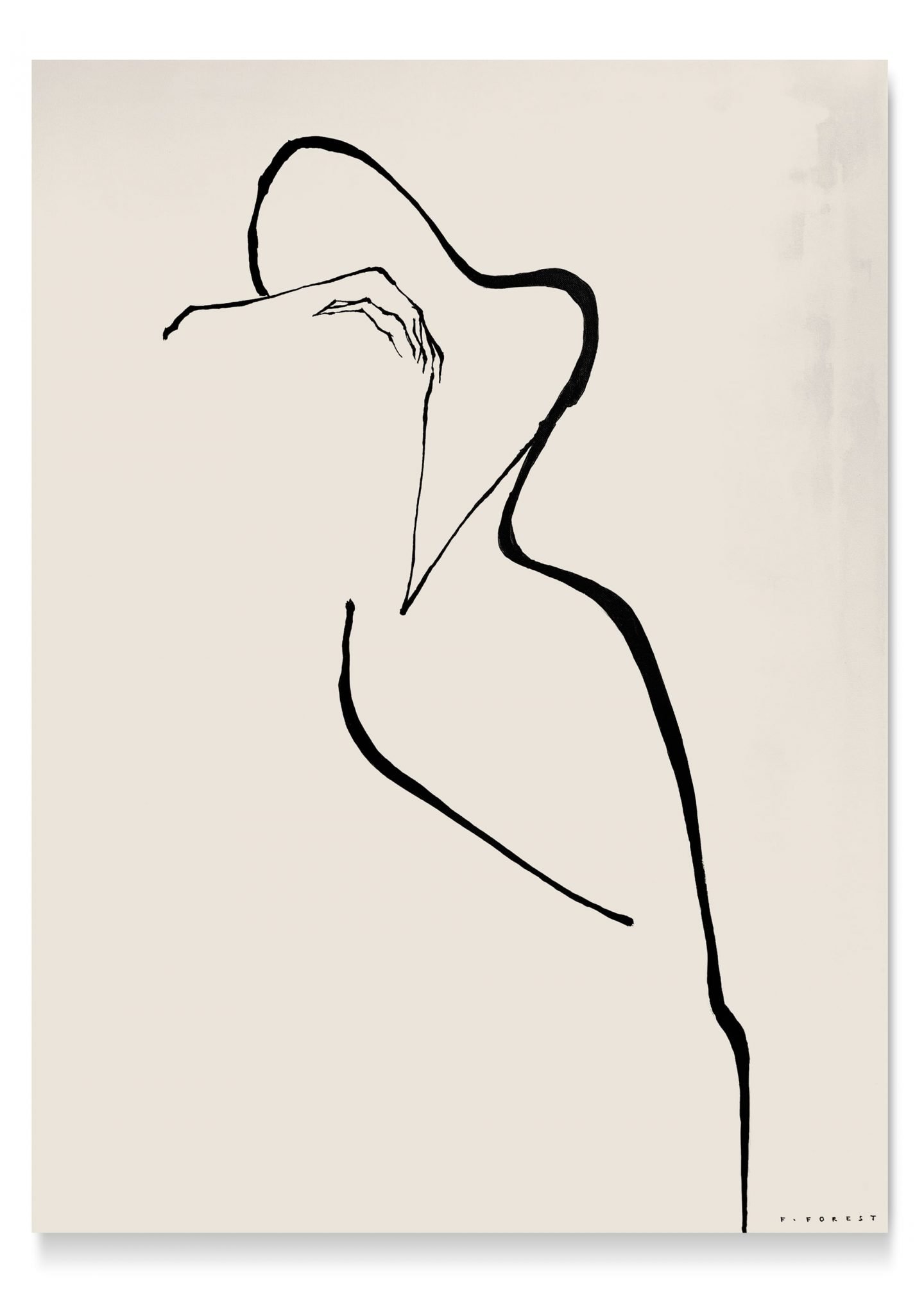
Today, Forest’s practice goes beyond drawing—from illustrations to paintings and, more recently, ceramics, it is multifold. “I’m interested in a lot of things. My curiosity and thirst for encounters, knowledge, and experience is, at times, almost unhealthy,” he admits, laughing. Currently, translating the rapid emotions of drawing onto canvases is what interests him the most. Yet, besides art, Forest also runs a highly sought-after consultancy studio and a design office with interior and product designer Clémentine Giaconia. “I always wanted to do product design and draw for greater effect. I graduated from ENSCI/Les Atelier in Paris, worked on projects for Cartier and Adidas, and alongside designers including Erwan and Ronan Bourollec, Noé Duchaufour-Lawrance, and Jean-Marie Massaud,” he explains. Forest admits to being equally intrigued by design and drawing; each field providing him a new set of eyes to look at the other. “They are very different, though,” he is quick to point out; “drawing stops on the paper, whereas paper is just the starting point for design.” With his studio venture, the artist has learned to never place any limits on himself or his creative desires. “My favorite role is precisely not having one. This allows me to be incessantly stimulated and not dependent on any single medium,” he remarks.
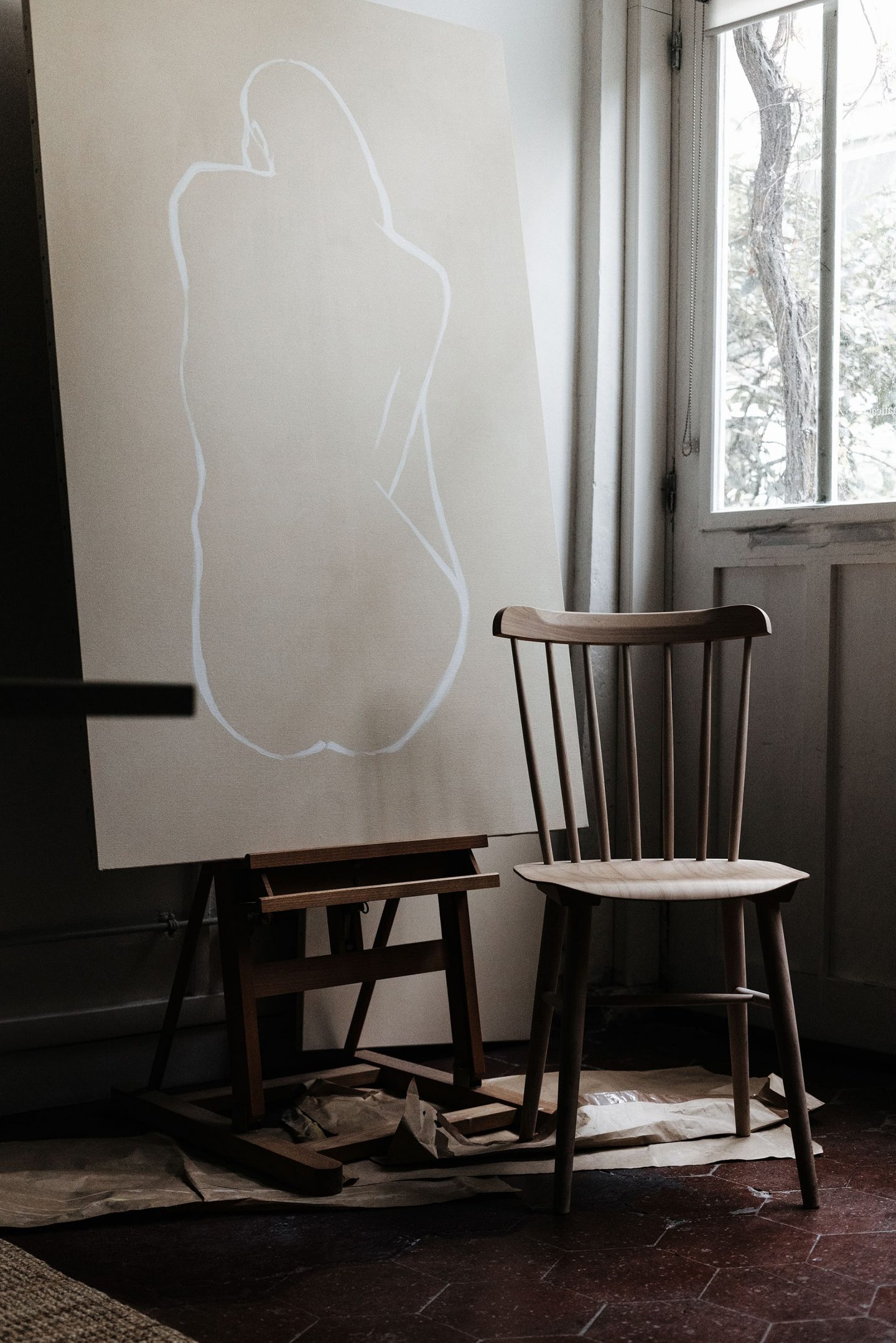
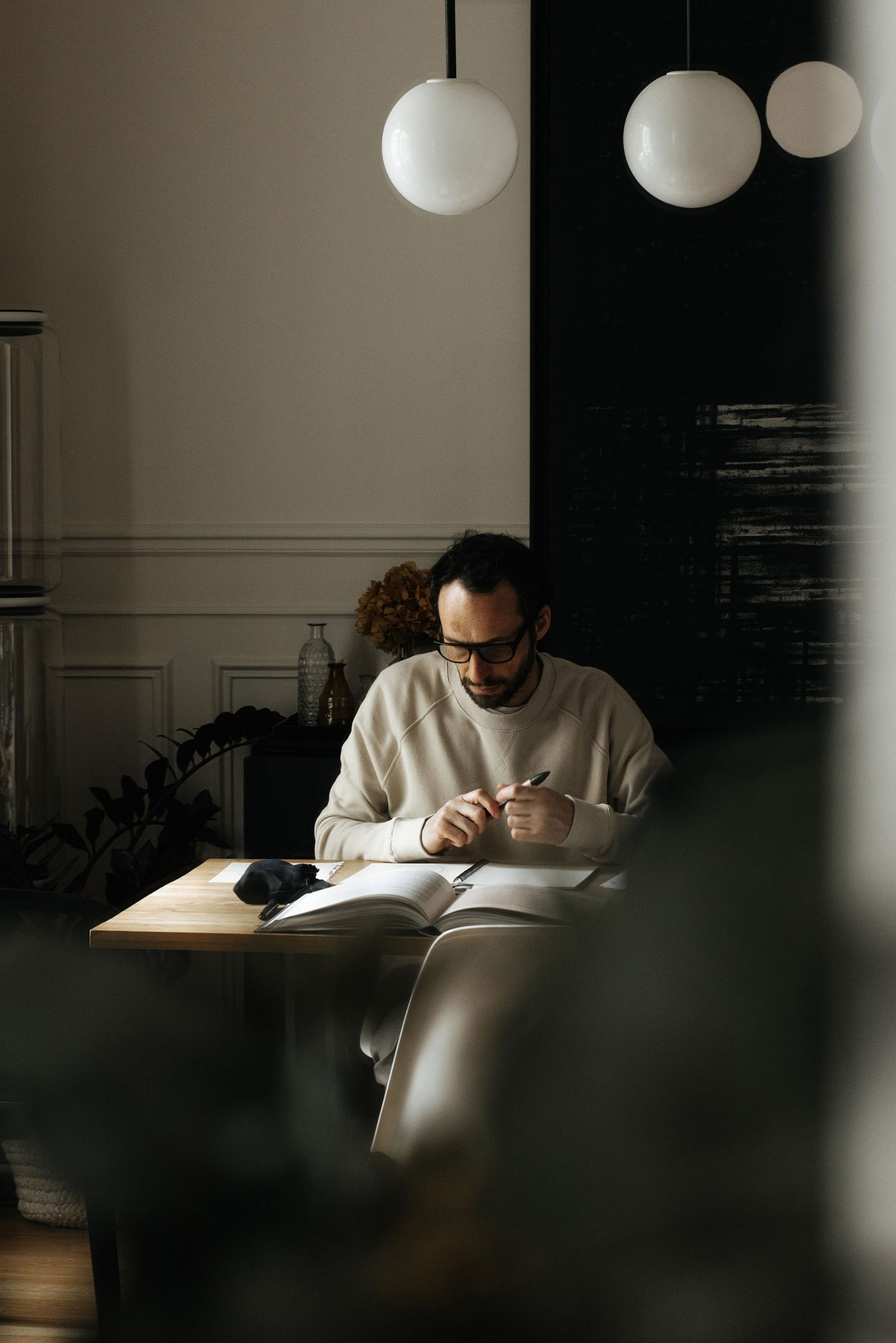
"Instagram has an undeniable power to spread. But it stops there—the works remain images that are lit by a glossy screen"
If there’s one thing that the creative world needs, it’s constant innovation. Forest knows this all too well, yet remains hesitant about it. “I think it’s all about finding the crest between the pursuit of the work that makes you known, and a permanent, constant evolution. I don’t believe in big changes. Things happen gradually; step by step. And that’s the beauty of it!” he comments. Since starting out, Forest’s growth has been mesmerizing, his line has become more precise and sensitive; and what were once spontaneous studies and drafts are now complex artworks. “Instagram can make you do better and evolve. The platform has an undeniable power to spread. But it stops there—the works remain images that are lit by a glossy screen,” he observes. “The platform does not scan my drawings, manage my copyright, ship my drawings, respond to emails, or to this very interview. I’ve decided to invest myself in it with a certain restraint,” he continues. “I want to evolve as an artist. Looking ahead, a gallery with the experience of customers and collectors would be my next step. I’m looking forward to it; it will force me to work differently, and, hopefully, in an even more intimate way.”
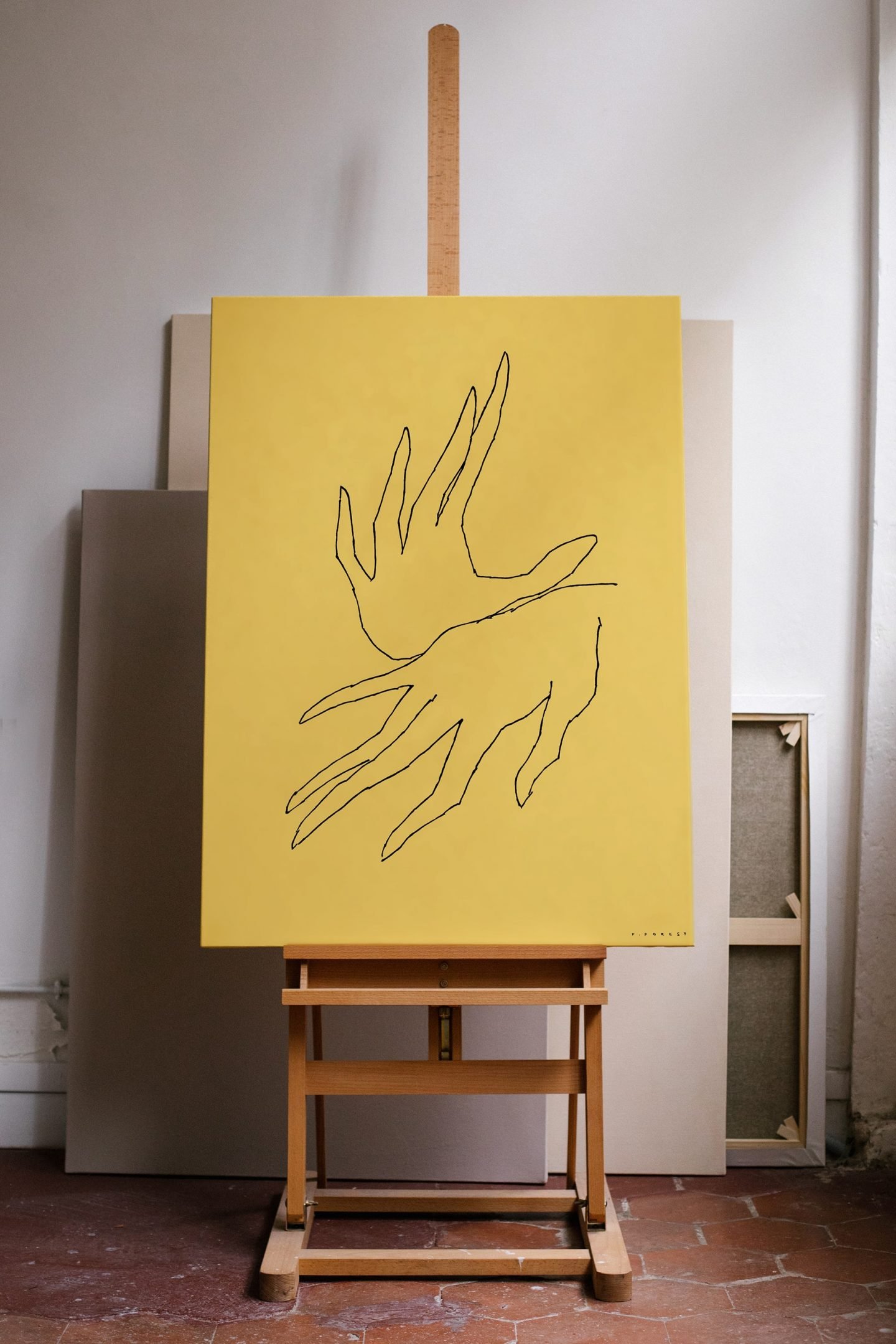
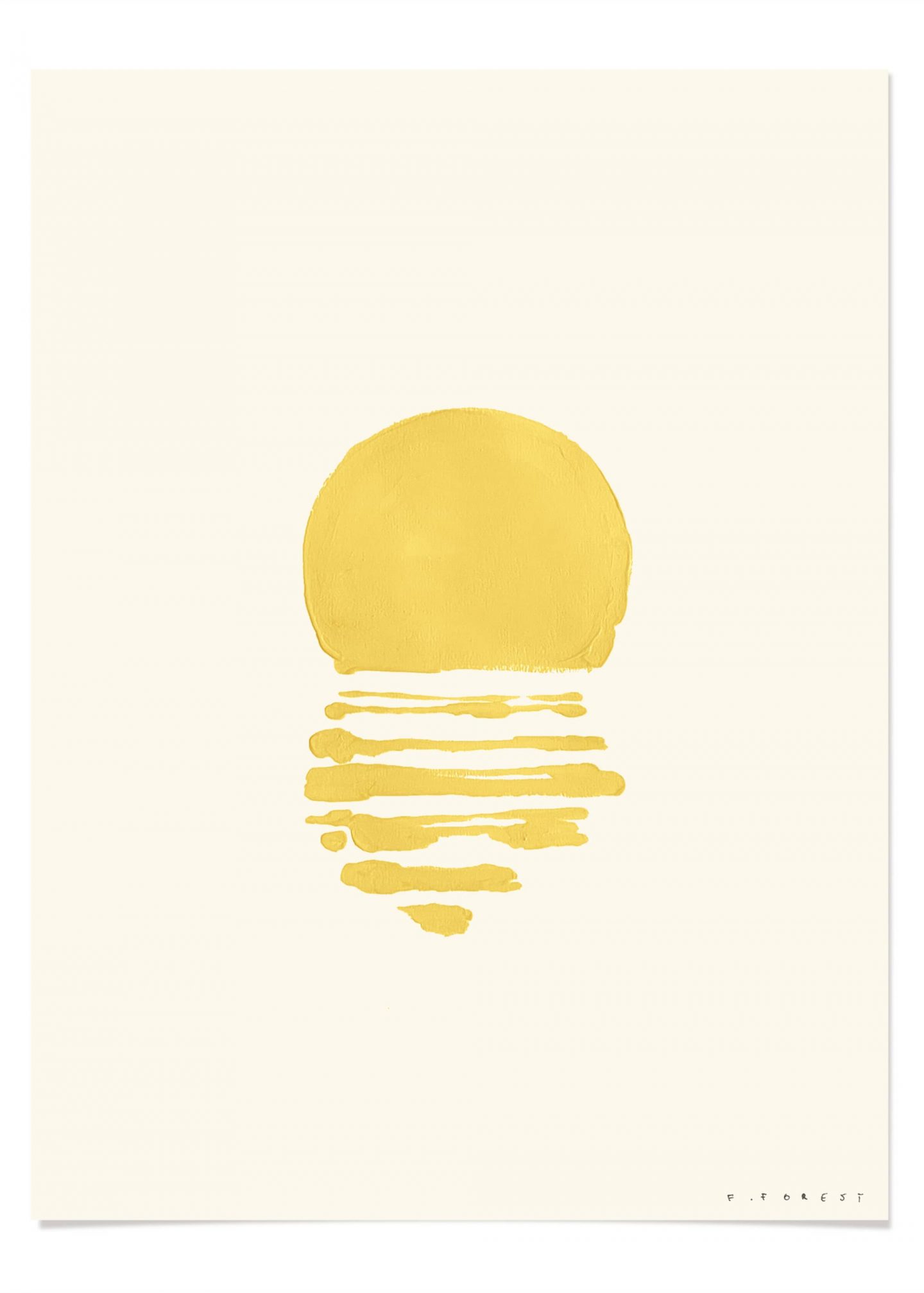
While ready to embark on his next adventures, Forest remains quite skeptical of the current art landscape, and the way art is nourished and consumed. “People are interested in art because there’s money to be made; few are interested in what it is or should be,” he says with a defeated tone. “Nowadays, you could call it art entertainment. We don’t follow a movement or artists, we follow what algorithms offer us, which is a flow of information,” he adds. “The tricky thing with this connected world is that we want it to go fast yet sustainably. Good things take time. Today, most artists present on social networks have each produced more works than Picasso or Matisse have in their entire lives. I myself have already made more than 10,000 drawings, and that in less than five years.” The solution? For Forest it may lie in simply slowing down and in harkening back to simpler times, before the internet. “It’s a sentiment felt by many. I really appreciate the urge to return to real things, from countryside lifestyles to vinyl records, or clothes designed to last. This is also true for drawing. Simple ink on paper is now resonating more than a digitally crafted illustration,” he says.
Forest leaves us with a nugget of wisdom and a call to action: “It’s wonderful to have this connected world, but it’s important to remember that we live with it, not in it. Life is not something we live through our screen. If you are ever in Paris, go to the Orangerie Museum, walk by the Nymphéas of Monet, and you’ll understand the real power of art and its beauty. Trust me, it will outdo any app.”
Images Courtesy of the Artist
